Nuclear Energy Plants Are Closing, Hurt by High Prices and Bad PR
Wind, solar and other renewables are much cheaper.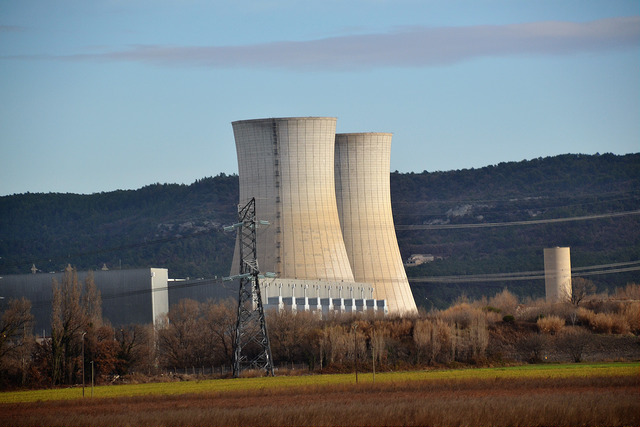 Jeanne Menjoulet / Flickr
Jeanne Menjoulet / Flickr
Once hailed as a key part of the energy future of the United Kingdom and several other countries, the high-tech atomic industry is now heading in the opposite direction, towards nuclear sunset.
It took another body blow last week when plans to build four new reactors on two sites in the U.K. were abandoned as too costly by the Japanese company Hitachi. This was even though it had already sunk £2.14 billion (300 billion yen) in the scheme.
Following the decision in November by another Japanese giant, Toshiba, to abandon an equally ambitious scheme to build three reactors at Moorside in the north-west of England, the future of the industry in the U.K. looks bleak.
The latest withdrawal means the end of the Japanese dream of keeping its nuclear industry alive by exporting its technology overseas. With the domestic market killed by the Fukushima disaster in 2011, overseas sales were to have been its salvation.
U.K. Policy Needed
It also leaves the British plan to lead an international nuclear renaissance by building ten new nuclear stations in the U.K. in tatters, with the government facing an urgent need for a new energy policy.
Across the world the nuclear industry is faring badly, with costs continuing to rise while the main competitors, renewables, both wind and solar, fall in price. The cost of new nuclear is now roughly three times that of both wind and solar, and even existing nuclear stations are struggling to compete.
Plans by another Japanese giant, Mitsubishi Heavy Industries, to build four reactors at Sinop on the Black Sea coast of Turkey in partnership with the French were also abandoned in December because of ever-escalating costs.
These reverses mean that the main players left in the business of building large reactors are state-owned – EDF in France, Kepco in South Korea, Rosatom in Russia, and a number of Chinese companies. No private company is now apparently large enough to bear the costs and risk of building nuclear power stations.
Sole Survivor
In the U.K., only one of the original 10 planned nuclear stations is currently under construction. This is the twin reactor plant at Hinkley Point in Somerset in the West of England being built by EDF, a construction project twice as big as the Channel Tunnel, and at a cost of £20 billion ($25.7 billion).
Already, almost before the first concrete was poured, and with 3,000 people working on the project, it is two years behind schedule and its completion date has been put back to 2027.
The problem for EDF and Kepco is that both France and South Korea have gone cool on nuclear power, both governments realizing that renewables are a cheaper and better option to reduce carbon emissions.
To keep expanding, both companies need to export their technology, which means finding other governments prepared to subsidize them, a tall order when the price is so high.
EDF’s current export markets are China and the U.K. In England, in addition to Hinkley Point, EDF plans another two reactors on the east coast. How the heavily-indebted company will finance this is still to be negotiated with the U.K. government. China has bought two French reactors, but there are no signs of new orders.
Kepco is building four reactors in the United Arab Emirates, a contract obtained in 2009 and worth $20 billion, but it has obtained no orders since.
That leaves Russia and China as the main players. Since nuclear exports for both countries are more a means of exerting political influence than making any financial gain, the cost is of secondary importance and both countries are prepared to offer soft loans to anyone who wants one of their nuclear power stations.
Growth Points
On this basis Russia is currently building two reactors in Bangladesh and has a number of agreements with other countries to export stations. Last year construction started on a Russian reactor in Turkey.
China has been the main engine for growth in the nuclear industry, partly to feed the country’s ever-growing need for more electricity. In 2018 only two countries started new reactors – eight were in China and two in Russia.
Significantly, while China has accounted for 35 of the 59 units started up in the world in the last decade and has another dozen reactors under construction, the country has not opened any new construction site for a reactor since December 2016.
By contrast, in both 2017 and 2018 the Chinese have dramatically increased installation of both solar and wind farms, obviously a much quicker route to reducing the country’s damaging air pollution.
Maintenance Problems
While there are 417 nuclear reactors still operating across the world and still a significant contributor to electricity production in some countries, many of them are now well past their original design life and increasingly difficult to maintain to modern safety standards.
There is little sign of political will outside China and Russia to replace them with new ones.
Even in the U.K., with a government that has encouraged nuclear power, there is increasing resistance from consumers to new nuclear plants, as they will be asked to pay dearly through their utility bills for the privilege.
Despite the fact that the U.K. nuclear lobby is strong, its influence may wane when consumers realize that the country has ample opportunities to deploy off-shore and on-shore wind turbines, solar and tidal power at much lower cost.
Your support matters…Independent journalism is under threat and overshadowed by heavily funded mainstream media.
You can help level the playing field. Become a member.
Your tax-deductible contribution keeps us digging beneath the headlines to give you thought-provoking, investigative reporting and analysis that unearths what's really happening- without compromise.
Give today to support our courageous, independent journalists.

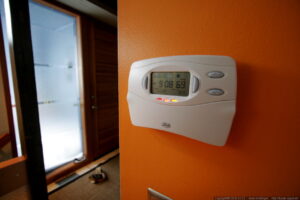
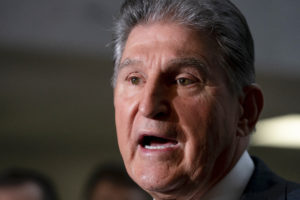
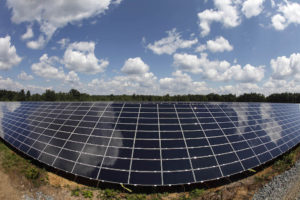
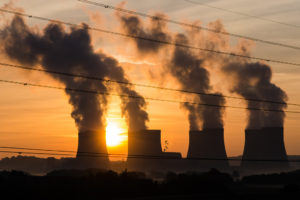

You need to be a supporter to comment.
There are currently no responses to this article.
Be the first to respond.